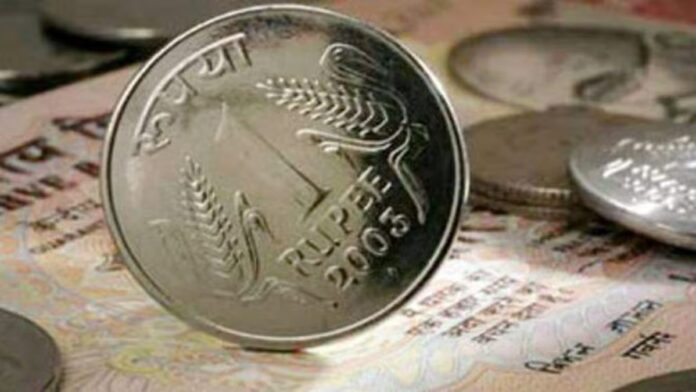The rupee hit new lows in CY24 but outperformed most Asian currencies, thanks to timely interventions by the Reserve Bank of India (RBI). Overall, it depreciated by 1.5% against the US dollar during the calendar year. Meanwhile, the dollar index, which tracks the US currency’s performance against a basket of six major currencies, declined by 0.94% this year.
Among Asian currencies, the rupee was the third most stable against the dollar, trailing only the Hong Kong dollar and Singapore dollar. This stability was largely attributed to the RBI’s interventions, which helped curb the rupee’s depreciation, according to forex dealers.
The RBI’s continuous intervention in the market by selling dollars has resulted in a sharp decline in the central bank’s forex reserves. India’s foreign exchange reserves dropped by $3.2 billion to a more than five-month low of $654.86 billion as of December 6, according to data from the RBI released on Friday.
Also ReadCrude import Bill up 5% in April-November
However, market participants believe the RBI may allow a gradual depreciation of the rupee, as it is overvalued by 7.5% against the dollar, while most other currencies have depreciated. Despite touching new lows, the rupee remained overvalued against its Asian peers. The real effective exchange rate (REER) was around `107, as per the RBI data. REER is a widely used measure of a currency’s value compared to its key trading partners. A value above 100 indicates overvaluation, and for the last decade, the rupee has hovered above this benchmark.
Moreover, as the apex bank has increased its bets in the non-deliverable forwards market, sharp movement in the rupee’s opening levels has come down, said forex traders. Usually, when the RBI intervenes in the NDF market, it tries to curb the volatility in the rupee’s opening levels. In the present scenario, where there is huge pressure on the rupee, without intervention, the opening level may slip at a faster clip from previous closes, said forex traders.“Due to changes in global dynamics such as Trump becoming US President, tensions in West Asian region, and persistent outflows from the equity market have weighed on the rupee, leading to the slightly higher rate of depreciation as compared to 2023 but far below 2022. Yet, it managed to be least volatile amongst its emerging peers,” said a trader with a foreign bank.
» Read More


